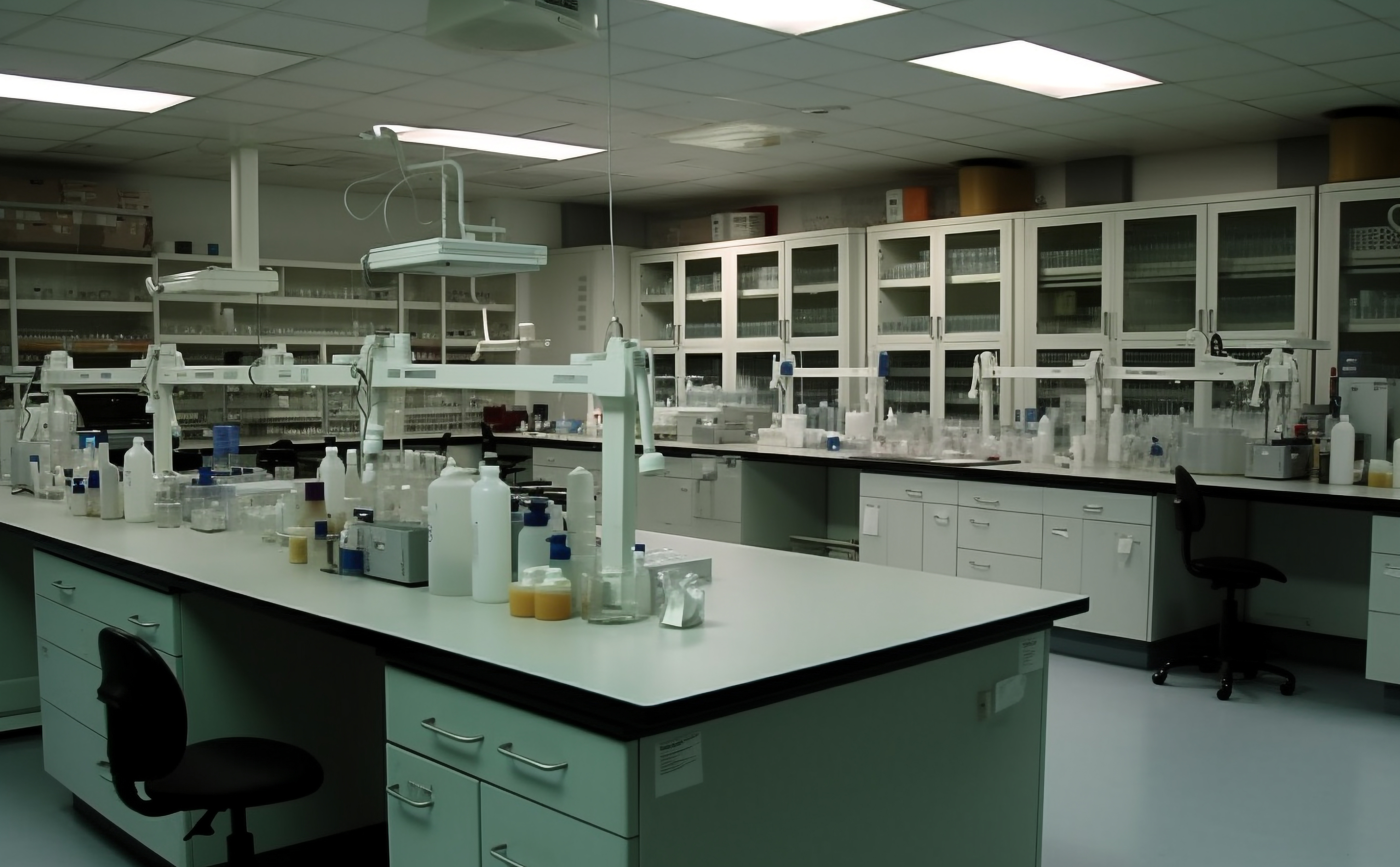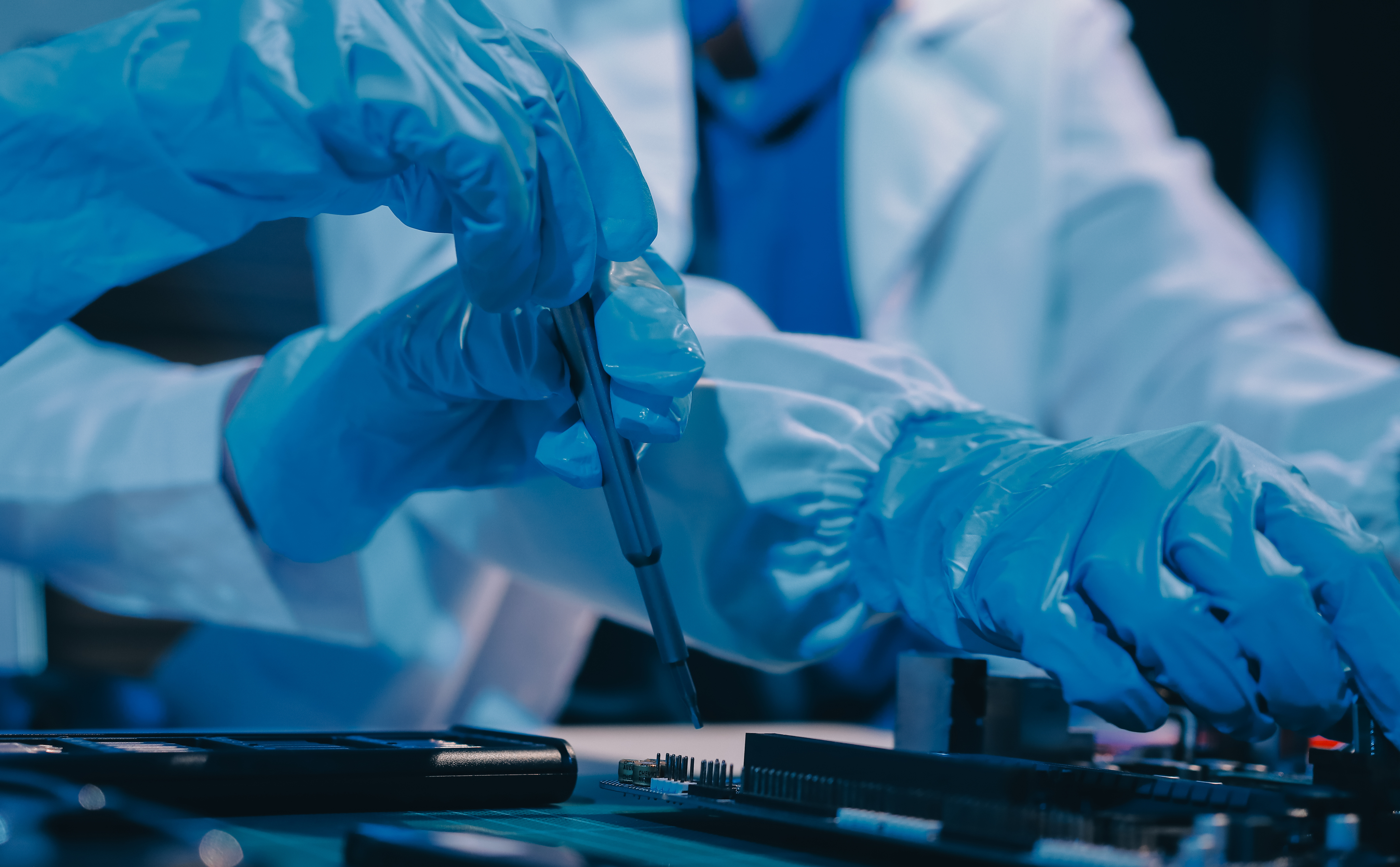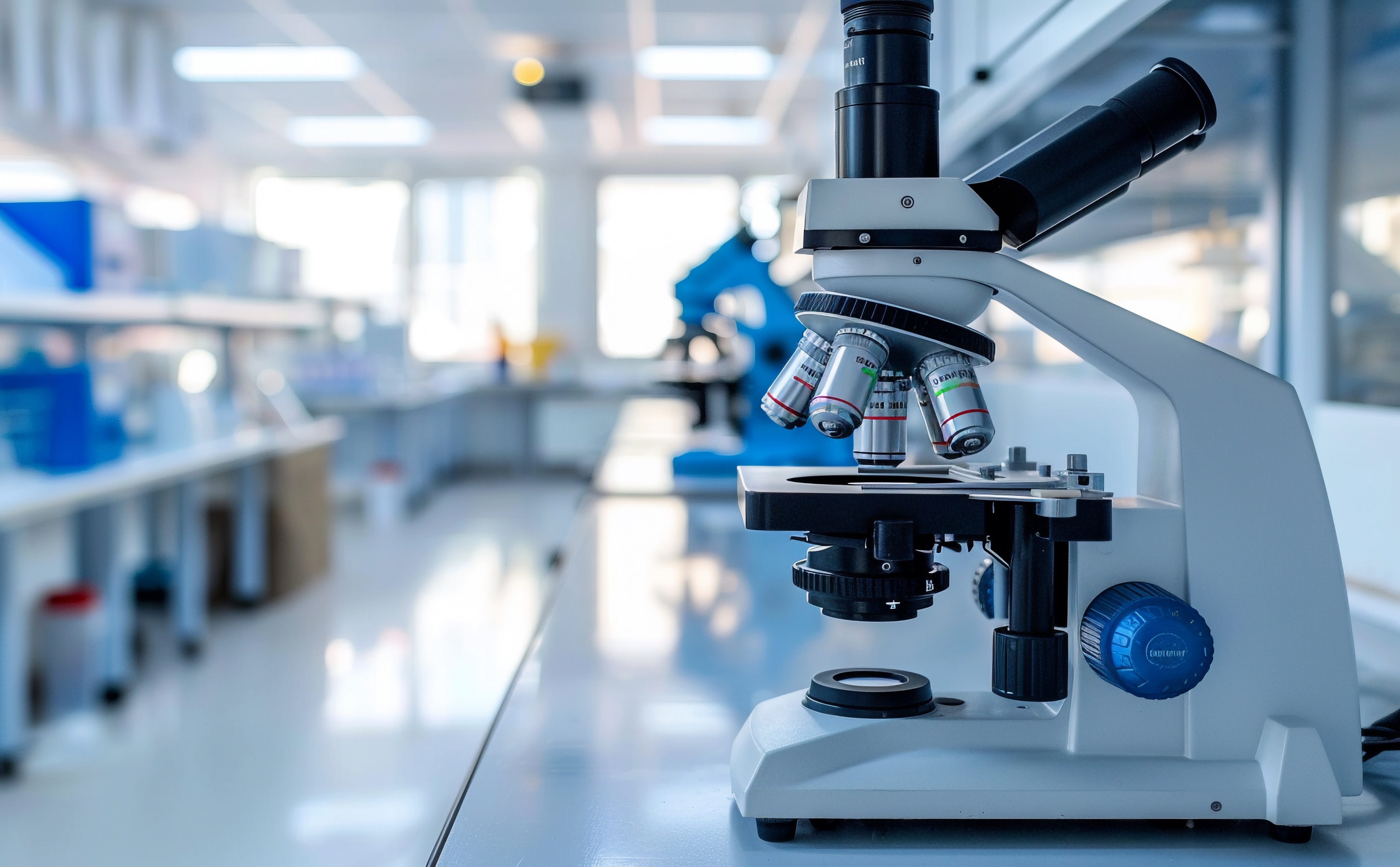Selecting the right laboratory equipment is a critical decision that directly impacts the efficiency, accuracy, and success of your institution’s research, teaching, or diagnostic work. Whether you’re setting up a new lab or upgrading an existing one, making informed choices ensures long-term value, safety, and adaptability. This guide will walk you through key considerations and actionable steps to help you navigate the process confidently.
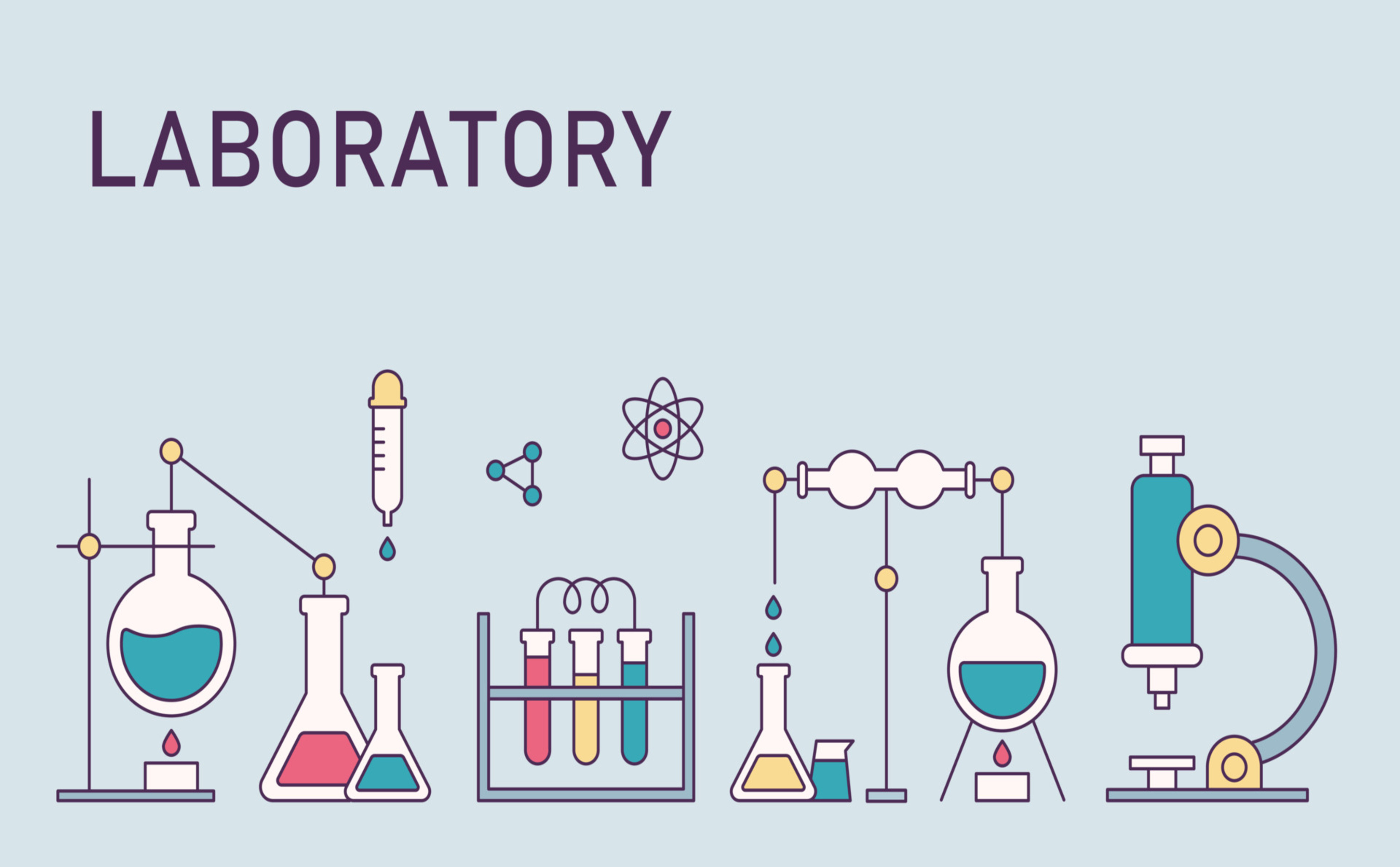
1. Understand Your Research Goals and Applications
The foundation of choosing the right equipment lies in aligning your selections with your institution’s objectives. Ask:
What type of work will the lab perform?
Analytical chemistry, molecular biology, clinical diagnostics, or materials science each require specialized tools.
What are the specific workflows?
Identify must-have instruments (e.g., centrifuges, spectrophotometers, PCR machines) versus optional upgrades.
Who are the primary users?
Consider whether the equipment will serve students, researchers, or healthcare professionals, as usability and durability needs may differ.
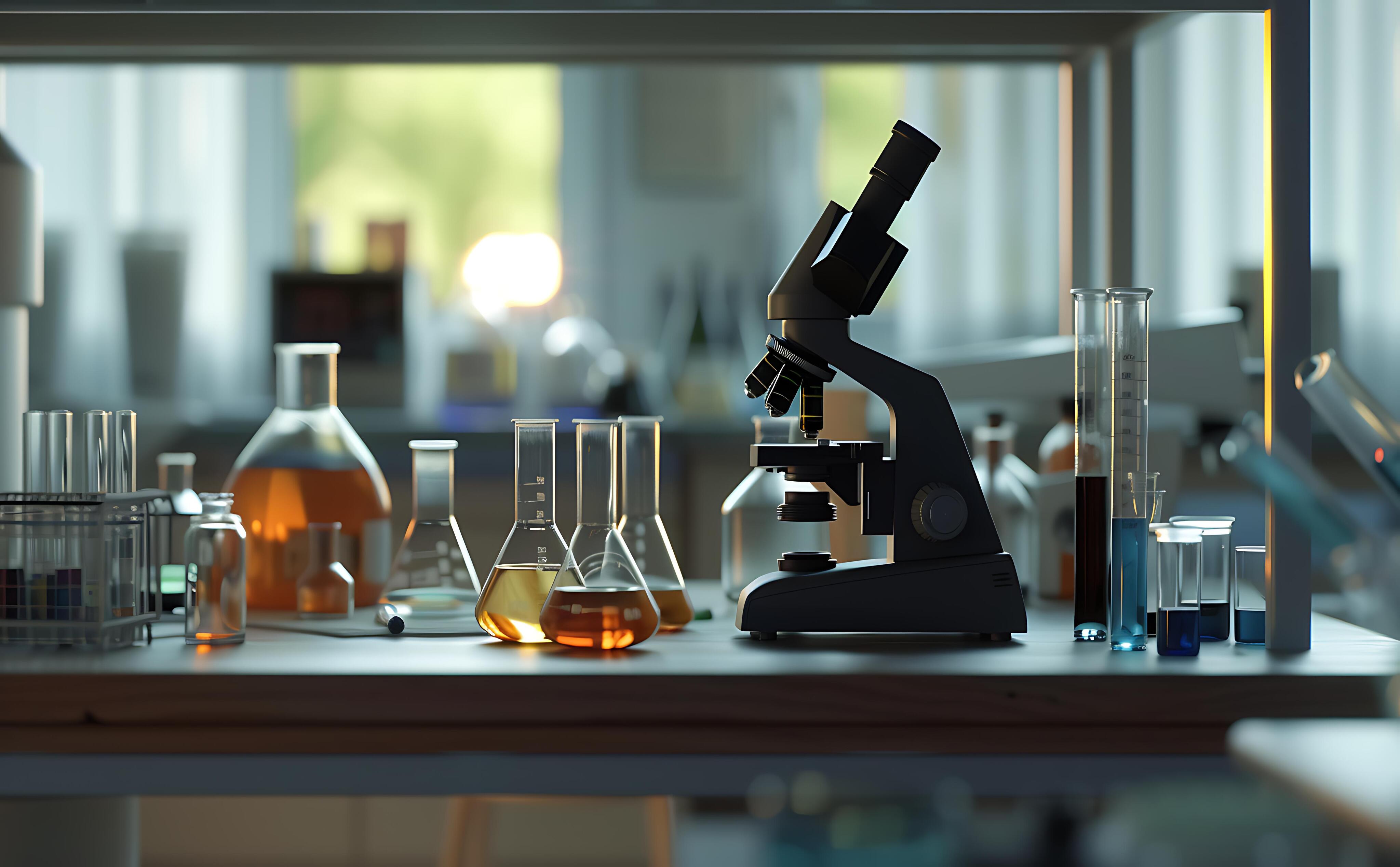
2. Evaluate Budget Constraints
Balancing quality and affordability is crucial. Avoid cutting corners on essentials, but also resist overspending on unnecessary features.
Prioritize core equipment that supports your most frequent tasks.
Factor in long-term costs, including maintenance, consumables, and potential downtime.
Explore funding options, such as grants, partnerships, or phased purchasing plans.
3. Prioritize Quality and Reliability
High-quality equipment reduces errors, enhances safety, and extends lifespan. Look for:
Certifications and compliance with industry standards (e.g., ISO, CE, or FDA approvals).
Durable construction and warranties from reputable manufacturers.
User reviews and peer recommendations to gauge real-world performance.
4. Ensure Safety and Regulatory Compliance
Labs must adhere to strict safety protocols and regulations. Verify that equipment:
Meets biosafety levels (BSL) or chemical safety requirements.
Includes safety features like automatic shutoffs, fume hoods, or ergonomic designs.
Complies with local and international regulations (e.g., OSHA, EPA, or WHO guidelines).
5. Plan for Scalability and Future Needs
Technology evolves rapidly. Opt for modular or upgradable systems to avoid obsolescence.
Choose flexible equipment that can adapt to new methodologies.
Consider shared-use platforms for multi-disciplinary labs.
Assess connectivity (e.g., software integration or IoT capabilities) for data management.
6. Focus on User-Friendliness and Training
Even advanced equipment is useless if users struggle to operate it. Prioritize:
Intuitive interfaces and clear documentation.
Training programs from suppliers to maximize proficiency.
Technical support availability for troubleshooting.
7. Vet Suppliers Thoroughly
A reliable supplier is as important as the equipment itself. Evaluate:
Reputation: Check reviews, case studies, and industry standing.
After-sales service: Ensure prompt maintenance, repair, and part replacement.
Customization options: Some suppliers offer tailored solutions for unique needs.
Steps to Streamline Your Selection Process
Define Requirements: Create a detailed list of needs, including technical specs and compliance standards.
Consult Stakeholders: Involve lab users, financial teams, and safety officers in decision-making.
Compare Options: Request quotes, demos, and trial periods where possible.
Calculate Total Cost of Ownership: Include installation, training, maintenance, and energy use.
Verify Compliance: Double-check certifications and safety protocols.
Test Before Buying: Pilot equipment to assess performance in your lab environment.
Plan Logistics: Ensure infrastructure (power, space, ventilation) supports new equipment.
Common Mistakes to Avoid
Sacrificing quality for lower costs, leading to frequent repairs or replacements.
Overlooking user training, resulting in underutilized or misused equipment.
Ignoring scalability, limiting future research possibilities.
Final Thoughts
Choosing the right laboratory equipment requires a strategic balance of practicality, foresight, and collaboration. By aligning your investments with your institution’s goals and prioritizing quality, safety, and adaptability, you’ll build a lab that drives innovation and stands the test of time.
When in doubt, consult with industry experts or peers in similar institutions to refine your approach. The right tools today will empower your team’s discoveries tomorrow.
Ready to equip your lab for success? Start by auditing your current needs and exploring trusted suppliers to make informed, future-proof decisions.
Belmark Investment Limited
+234 812 315 1494

